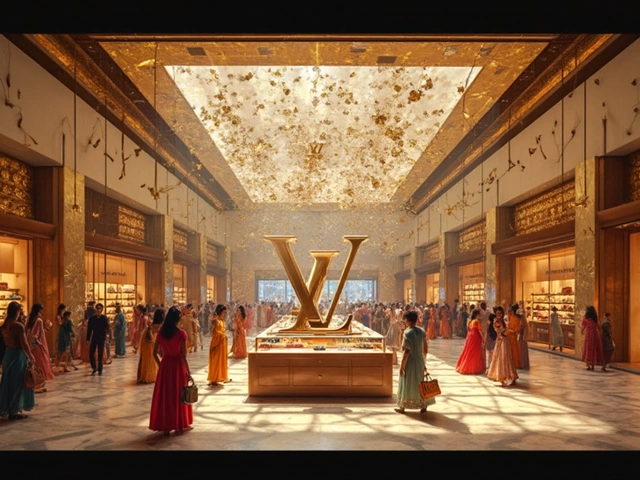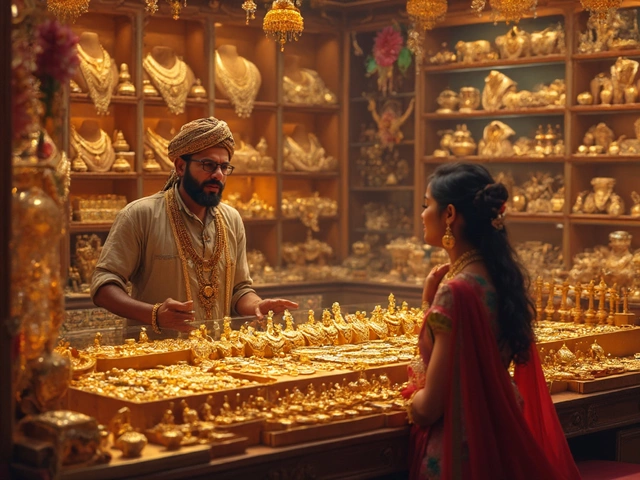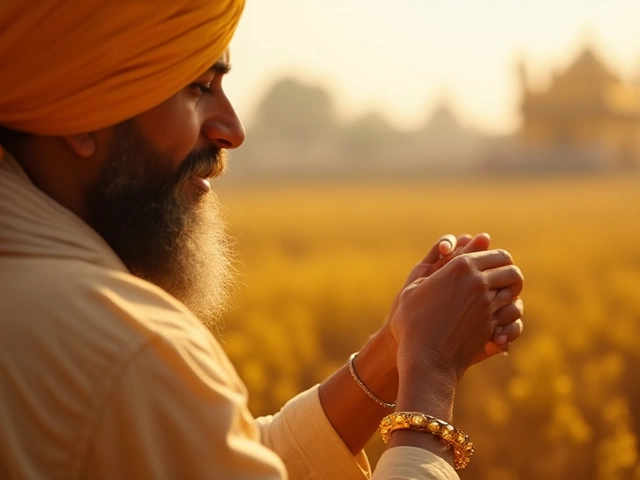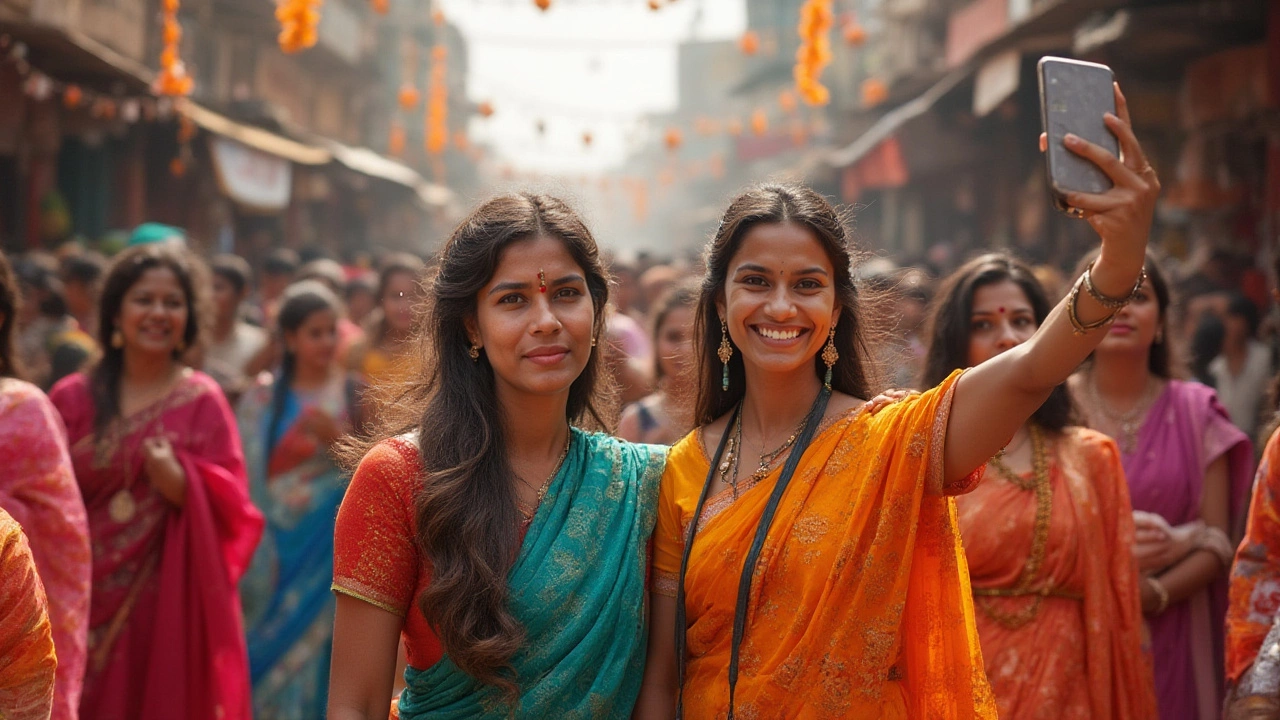
Everywhere you go in India, fashion tells a different story. Forget sticking with a scarf when there’s a riot of color and fabric waiting to be worn—from the tiny alleys of Jaipur to the teeming nightlife in Mumbai. Maybe you’re packing your bags for a trip or shopping for that perfect Indian look. Either way, knowing your way around Indian dresses goes a long way—not just socially, but for the sheer fun of it. Let’s talk about everything from ancient threads to the breezy cottons of summer, and what fits where.
Saree: The Thread That Binds Generations
Calling the saree just a “dress” is selling it way short. Picture six to nine yards of silk, cotton, georgette, or chiffon, wrapped so skillfully you’d think it’s passed through ages—because it has. You’ll catch grandmothers in sun-faded cottons, young women in shimmery chiffons, and runway models draped in embroidered masterpieces worth a year’s rent. It’s not just what they wear at weddings or festivals, either. Office-goers, teachers, and doctors don sarees for daily life. Each region twists its own story into these folds: the crisp Bengal cotton, the royal Kanjeevaram silk, or the glamorous Banarasi saree speckled with gold thread. Even the pleats change. In Maharashtra, you’ll see the saree worn in a dhoti style—ready for a sprint—and in Bengal, it’s all airy and free-flowing.
Here’s a kicker: The saree is probably the Indian dresses icon that’s included in every major saree-wearing country’s culture. A 2015 survey by the Clothing Manufacturers Association of India claimed about 75% of adult women in rural India prefer sarees daily, and even urban numbers hover close to 35% for special events.
The magic doesn’t stop at draping. Each saree has different blouses—the cropped ones, the ones with puffy Victorian sleeves, or backless show-stealers. It’s not only about how it looks; the saree is one of the most versatile pieces ever. Heading from office to a dinner date? Just swap to a silk saree and a pair of jhumkas. Every closet around here has at least one “emergency saree” for last-minute invites.
Salwar Kameez and Kurtis: Comfort Meets Tradition
If you’re not into dealing with six yards of fabric, salwar kameez is your best mate. This combo—usually a long tunic (kameez) with loose pants (salwar) and a scarf (dupatta)—runs the show in North India, Pakistan, and Bangladesh. Walk down the markets of Delhi or Amritsar, you’ll see every kind of variation: snug churidars, palazzo pants, short Kurtis, and long ones, topped off with dupattas in everything from cotton to georgette.
The blend of comfort and style is unreal. These aren’t just “ethnic” wear; loads of workplaces, schools, and public offices now set kurtis or salwar kameez as the dress code because they’re practical. Typical fabric choices? Cotton rules the summer, velvet and silk take over in winter, and synthetics step in for parties. The trick? Mixing prints, colors, and embroidery. If you spot geometric prints or funky digital patterns, that’s how you know tradition hasn’t stopped evolving.
Want a fun fact? A 2023 fashion retail report showed that 58% of Indian women choose kurtis for daily wear—a nod to how this piece is the backbone of Indian wardrobes.
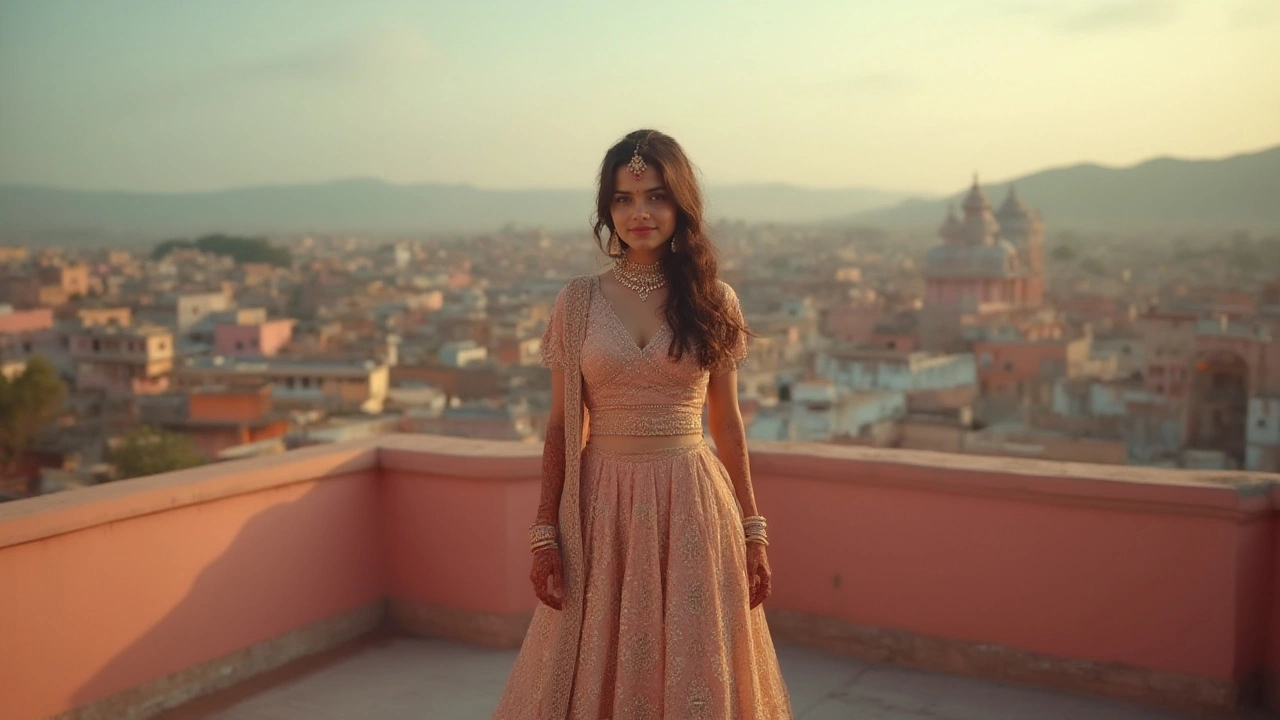
Lehenga Choli and Ghagra: Wedding and Festive Favorites
No Indian big fat wedding is complete without a lehenga choli. This is the stuff of dreams for brides—and just about anyone who wants to look fancy at Diwali or Eid. Imagine a swirling, voluminous skirt (lehenga or ghagra), a fitted blouse (choli), and a matching or contrasting dupatta. Fabrics go wild: velvet, raw silk, net with sequins, heavy embroidery with real gold threads. You’ll see brides tossing hundreds of thousands of rupees for designer lehengas hand-stitched for months.
Cultural roots run deep with this one. Rajasthan and Gujarat gave us the ghagra choli—where mirrorwork and dyeing techniques like bandhani turn the skirts into rainbow spectacles. Bollywood amped up the craze in the late ‘90s and early 2000s, so now urban teens twirl into lehengas for dance nights and college fests too. Each region, each designer, dreams up its own twist. Urban outfitters in Mumbai and Delhi are now selling “fusion lehengas”—think pocketed skirts and crop tops that double as blouses.
The cost? It’s a rollercoaster. A basic lehenga can cost the same as a weekend brunch, or you can splurge on a Sabyasachi creation with a waitlist stretching to six months. Here’s a cool tip: you don’t have to buy. Renting lehengas on platforms like Flyrobe or Rent An Attire is huge among young urbanites, so you can look like a million bucks without dropping a fortune.
Western and Indo-Western Dresses: The City Switch-Up
Step into any big city mall—from Bengaluru to Hyderabad—and you’ll see teens in ripped jeans and graphic tees standing right next to someone in a bright yellow kurti, biker boots, and hoop earrings. More urban Indians are remixing Western styles with classic Indian elements. Enter the world of Indo-Western dresses. Palazzos with crop tops, sarees with denims, kurtis paired with sneakers, and even suits with metallic belts. Fashion designers like Masaba Gupta and Manish Arora are always blending East and West. Got a dinner invite but you love the comfort of your jumpsuit? Try a one-piece made to look like a saree—it’s been a big hit lately at weddings and award nights.
But it’s not just about aesthetics. Many urban workplaces now expect a “business-casual” look—so people work around this: formal shirts and linen pants, with a subtle dupatta or an embroidered jacket. The big upside? No one blinks if you wear jeans to college right before slipping into a classic saree for a family function.
One quirk: many brands now release their “festive fusion” lines just ahead of the festival season in autumn, because that’s when most folks stock up.
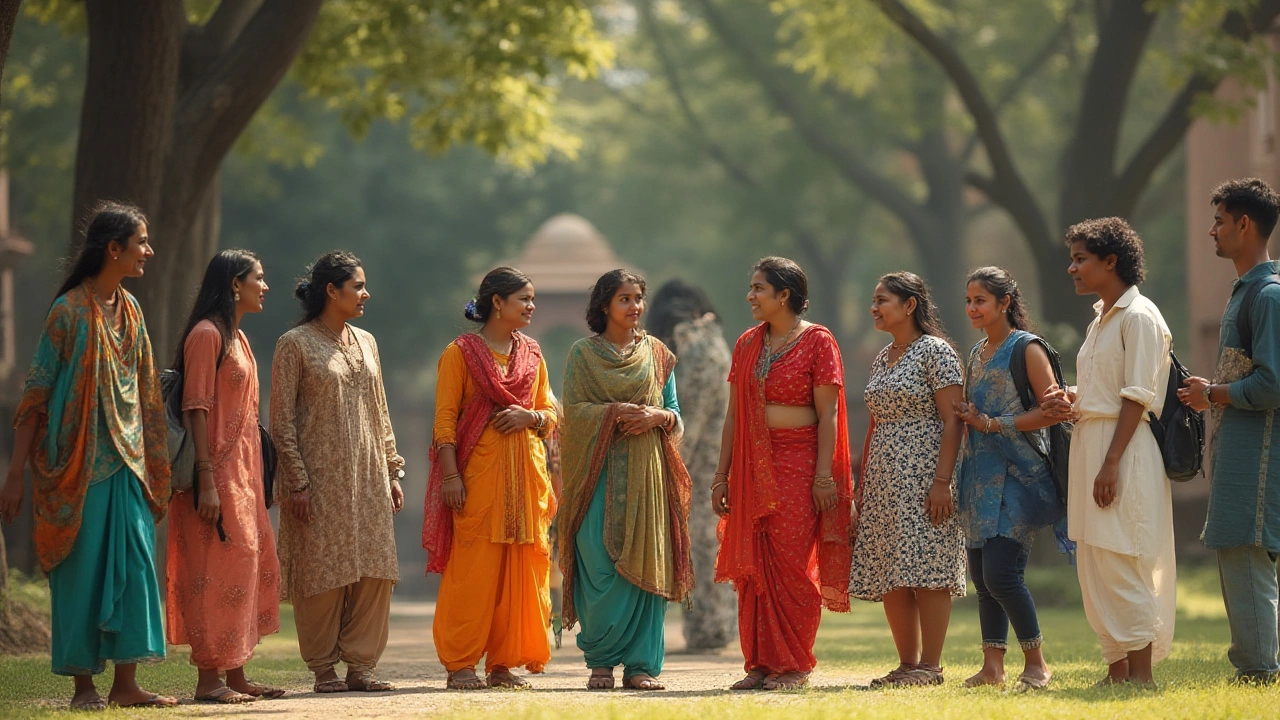
Tips for Choosing What to Wear in India: Practical Guide
India’s dress codes sometimes get tricky. Cities are pretty open, but in smaller towns or at religious spots (think temples or mosques), modest dressing is key. If you’re out shopping, you’ll pick up tons of light cottons in places like Chennai and Kolkata—absolute lifesavers during humid summers.
The fun part about dressing in India is layering—start with a kurti, add leggings if you’re chilly, drape a light scarf, and you’re set for all seasons. Footwear? Flip-flops work for casual strolls, but formal events call for beaded chappals or classic mojaris. Avoid shorts or sleeveless attire if you’re heading to a village or sacred area—longer sleeves and trousers keep you respectful as well as sunburn-free.
If you’re ever confused, ask a local—they’ll not only tell you what fits where but probably give a mini fashion lesson on the spot. Indians love when you try the local look, so don’t feel shy about messing up your saree pleats or picking the wrong color. As long as you’re comfortable and open, you’re part of the style story.
To give you an idea what’s trending, here’s a table of the most searched Indian dresses and average monthly searches (data from SEMrush, 2024):
| Dress Type | Monthly Searches (India) |
|---|---|
| Saree | 550,000 |
| Lehenga | 368,000 |
| Salwar Kameez | 207,000 |
| Kurtis | 480,000 |
| Indo-Western Dress | 42,000 |
One last tip: When in doubt, keep your look simple and add a pop of color with a scarf or dupatta. You’ll fit right in—and probably be showered with compliments by total strangers, which is the best part of it all, right?
